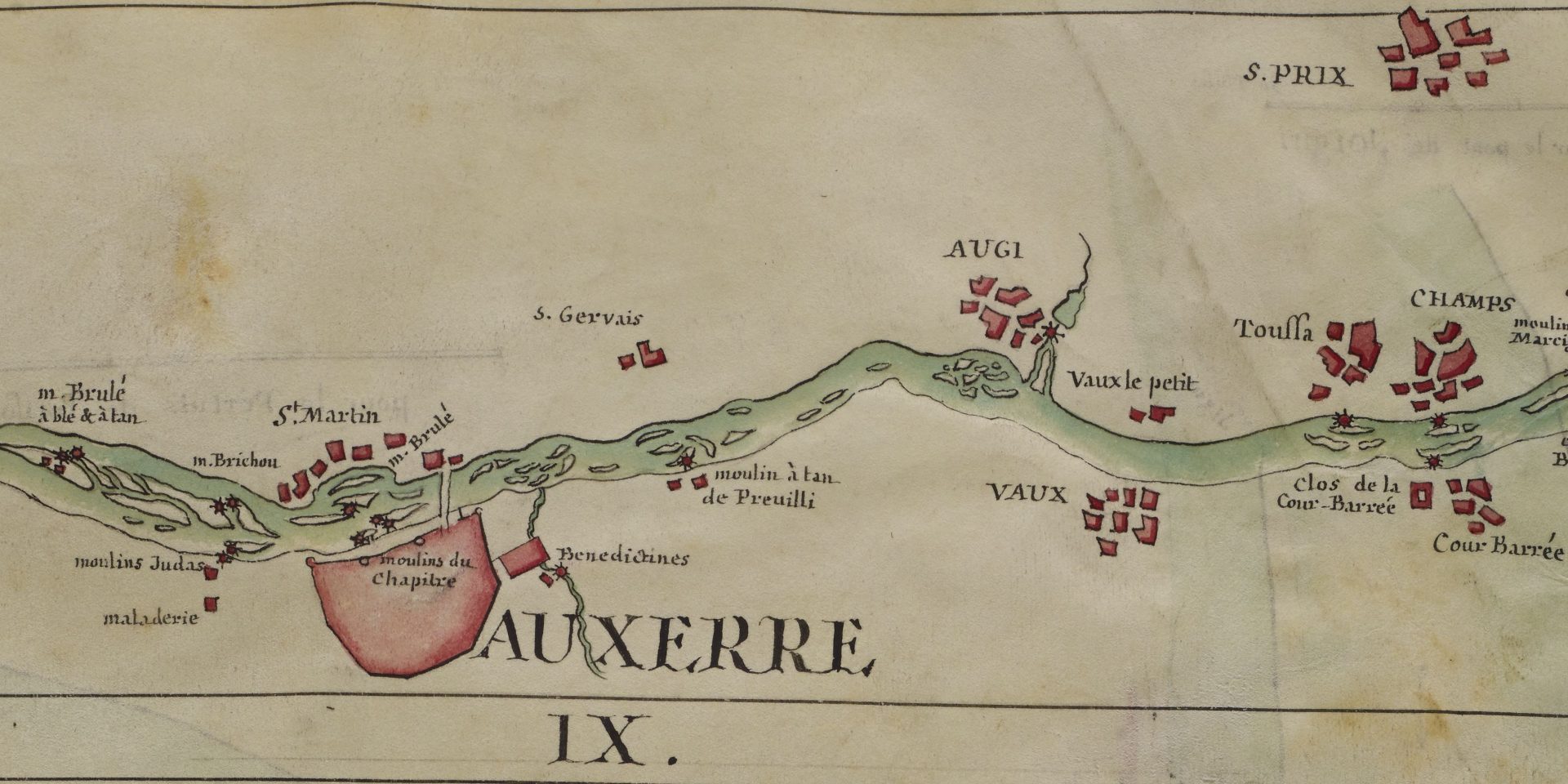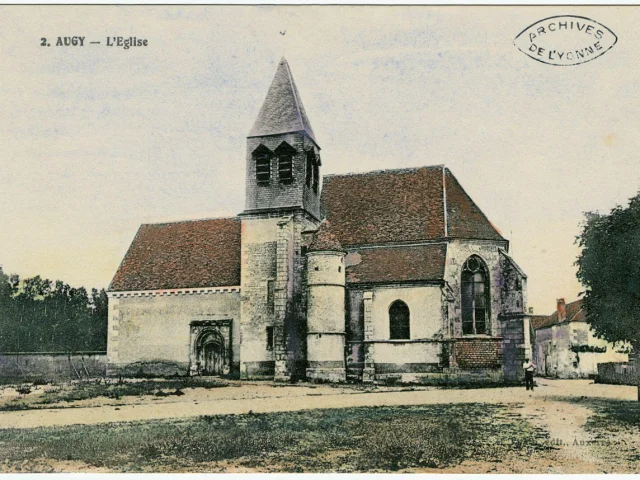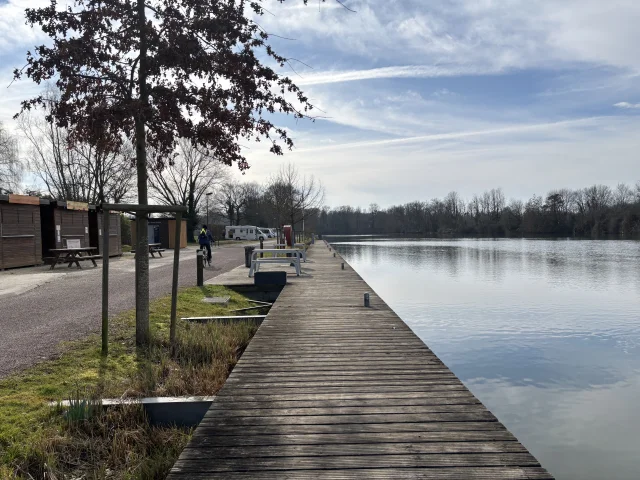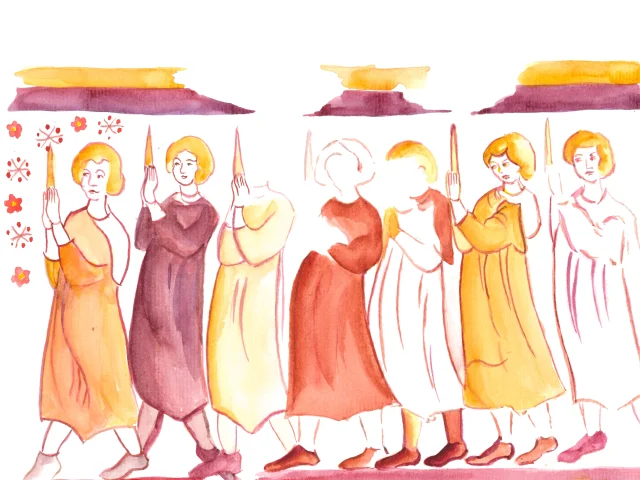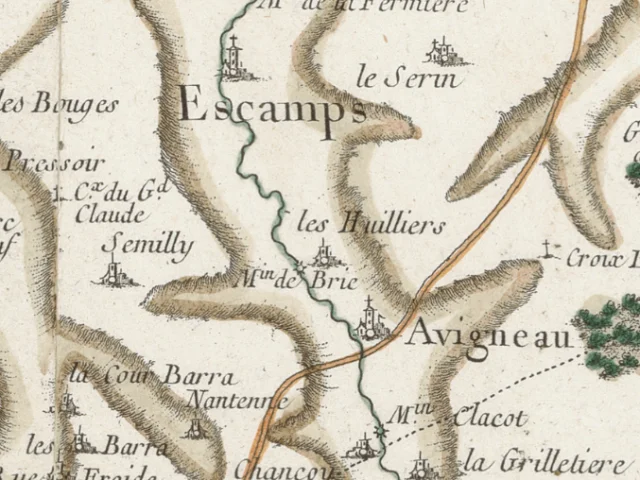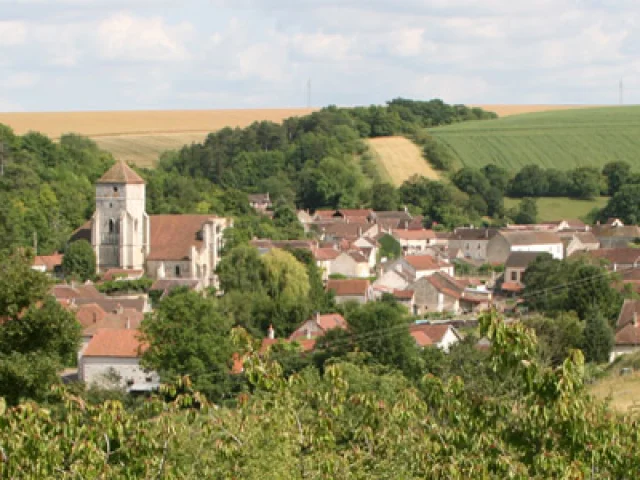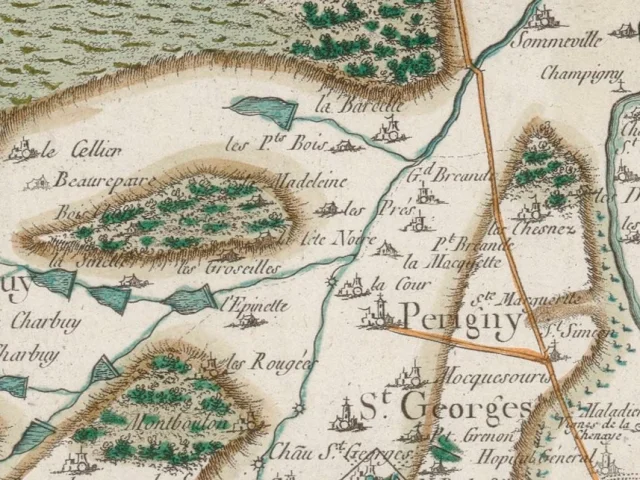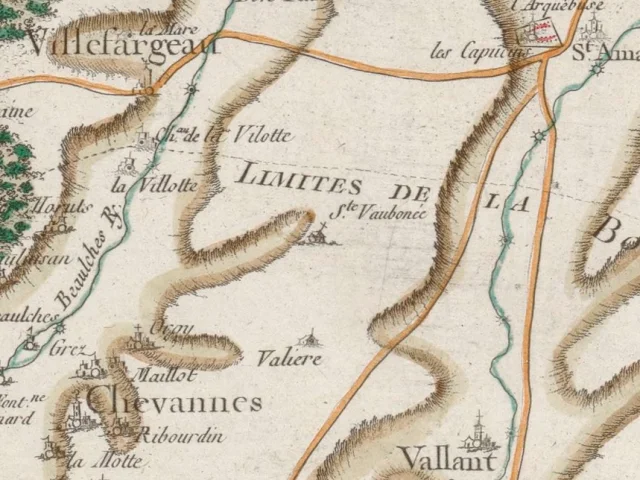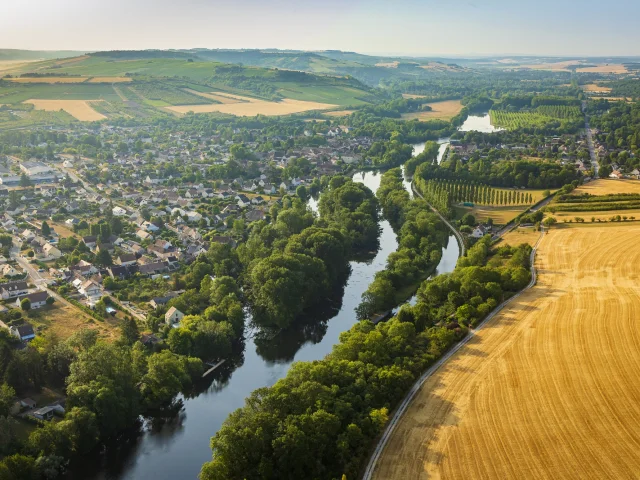Augy, named Algiacus in 1123, is the nearest village south-east of Auxerre. Nestled between the hillsides of Quenne and Saint-Bris, Augy sits on the banks of the Yonne River, the Nivernais Canal and the railway line. Inhabited since prehistoric times, the commune became the property of the Abbey of Saint-Germain and the Chapter of the Auxerre Cathedral in the 12th century. Later, between 1619 and the Revolution, it was attached to the Marquisate of Saint-Bris-le-Vineux for its vineyards. Although the vines disappeared due to the devastating phylloxera epidemic, the village remains a stop on the Route des Vins (wine route).
A new cycle path traversing the village was inaugurated in 2018. Augy is also on the route of the Tour de Bourgogne by bike.
The commune’s washhouse, or lavoir, was built in 1874. Initially made of wood, the structure was modified at the beginning of the 20th Century by the addition of a glass roof. A metal structure replaced the wood to support it. Gradually abandoned with the introduction of washing machines, the washhouse was restored to its original form in 1995, and a community hall was added for local organisations. In 2012, when it reopened to host exhibitions, its entrance was embellished with a wrought iron gate, made by Auger’s local black-smith.
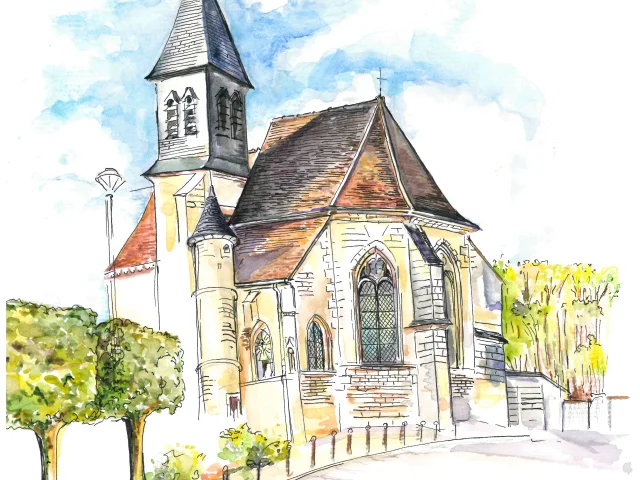 Augy Eglise
Augy Eglise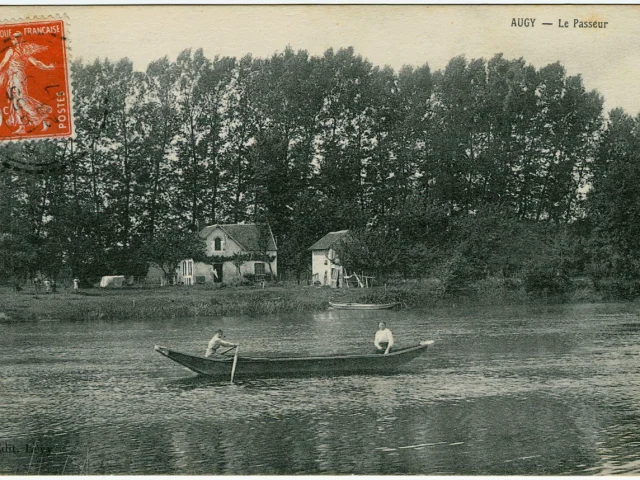 Carte Postale Du Passeur Daugy Au Debut Du 20e Siecle 2 Fi 276 Ad89
Carte Postale Du Passeur Daugy Au Debut Du 20e Siecle 2 Fi 276 Ad89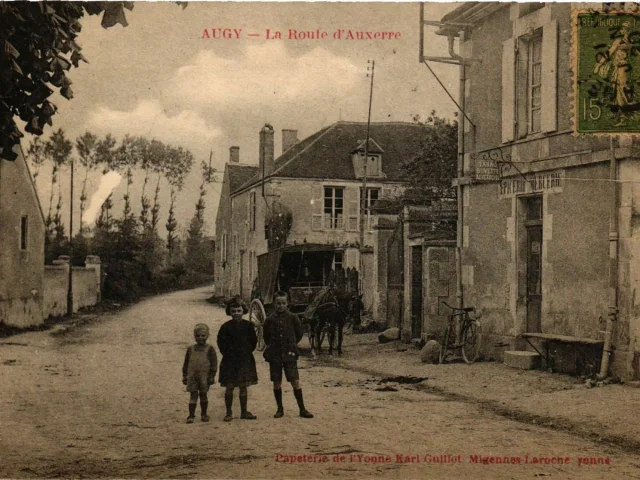 Carte Postale Daugy Au Debut Du 20e Siecle Collection Particuliere
Carte Postale Daugy Au Debut Du 20e Siecle Collection Particuliere